( Spanish) – Race day? Columbus Day? Day of indigenous resistance? Day of respect for cultural diversity? And all these names to talk about the same episode? Indeed, the commemoration is not known in the same way throughout the continent, but it is not only that. In recent times there has been a resignification that completely changed the way in which we remember the arrival of Columbus to America.
Let’s see.
Historically, the American continent remembers Christopher Columbus’s first voyage to America on October 12 of each year, or the second Monday of the month. While in the United States the commemoration bore his name—Columbus Day or Christopher Columbus Day—in Latin America it was known as Columbus Day, and even in many countries it is still named that way. In Spain, finally, it is known as the Columbus day or, formally, National Holiday Day.
Indeed, Columbus’s expedition made landfall on Guanahani Island in the Bahamas on October 12, 1492. Together with a crew of 90 people, they had set sail about 10 weeks earlier aboard ships named Niña, Pinta and Santa María.
They were the indigenous people that Columbus found when he arrived in America
However, recently more and more historians discuss the way in which that episode is remembered. And it is not just historical revisionism. The questions that arose in many American countries were accompanied by broad movements that disputed the meaning given to this date.
Columbus was not the first person to reach the continent and much less was he responsible for “discovering” it. On the contrary, indigenous people had been living in the Americas for centuries, long before the arrival of the Spanish expedition.
“We should ask ourselves why we, as Americans, continue to celebrate him without knowing the true history of his legacy, and why a holiday was created in the first place,” Leo Killsback, a citizen of the Cheyenne Nation of the United States, told in 2016. North and assistant professor of American Indian Studies at Arizona State University.
However, there is no doubt that Columbus’ voyages had an “undeniable historical impact, sparking the great era of Atlantic exploration, trade and, eventually, colonization by Europeans,” said historian David M. .Perry, who wrote an opinion article for about Columbus Day.
During his travels through the Caribbean islands and the coasts of Central and South America, Columbus encountered members of the indigenous peoples, whom he called “Indians.”
He and his men were responsible for the enslavement of many of those natives, whom they also treated with extreme violence and brutality, according to History.com.
Throughout his years in America, Columbus forced the natives to work for profit. Later, he sent thousands of Taino “Indians” to Spain to sell, many of whom died during the journey. The natives who were not sold into slavery were forced to search for gold in the mines and work on the plantations, all for the benefit of the Spanish crown.

While governor of what is now the Dominican Republic, on the island of Hispaniola, Columbus killed many natives who rebelled against him, according to History. Later, and to prevent it from becoming worse, he made the corpses parade through the streets.
Furthermore, indigenous American societies “were decimated by exposure to Old World diseases, crumbling under the weight of the epidemic,” Perry wrote in his op-ed.
The Taíno population was not immune to diseases such as smallpox, measles and influenza, which were brought to their island of Hispaniola by Columbus and his men. In 1492, there were approximately 250,000 Indians on Hispaniola, but by 1517, only 14,000 remained, according to the Oklahoma Medical Research Foundation (OMRF).
Some historians believe the impact of European and African settlers in the New World possibly killed up to 90% of the native populations and was more deadly than the Black Death in medieval Europe, the OMRF said.
In the United States, more than 100 cities – including Seattle, Los Angeles, Denver, Phoenix, San Francisco – and entire states – including Minnesota, Alaska, Vermont and Oregon – replaced Columbus Day with People’s Day. Indigenous.
Additionally, in many places around the world, statues of Christopher Columbus were removed or replaced.
The goal of the movement, which emerged in recent years, is to raise awareness about Spain’s treatment of indigenous peoples and to respect and celebrate indigenous culture.
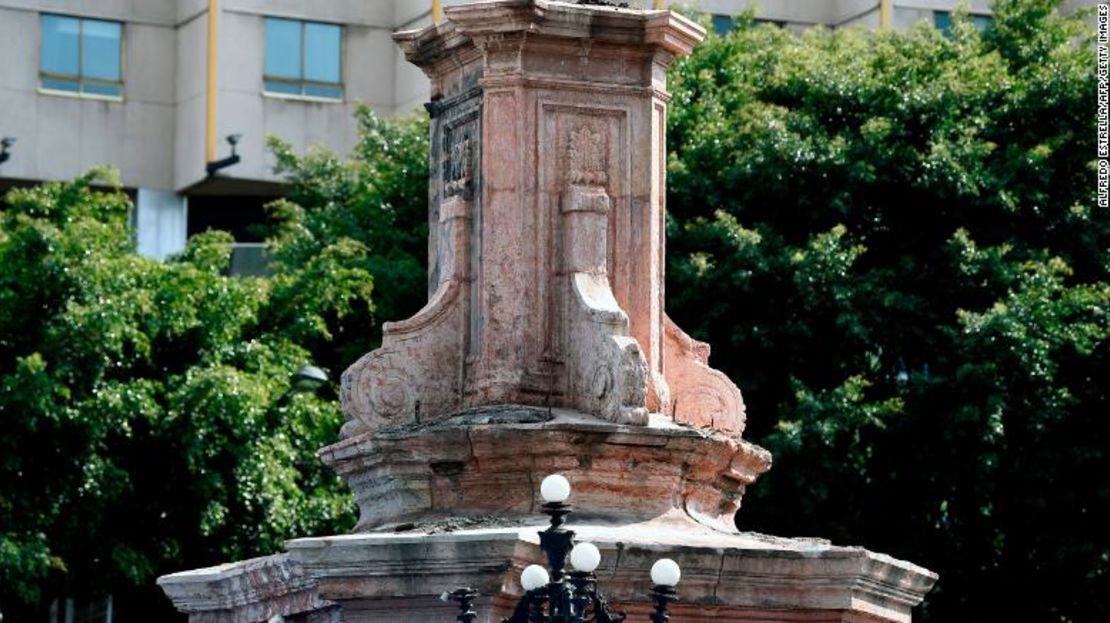
On October 8, 2021, the president of the USAJoe Biden, proclaimed October 11 as Indigenous Peoples’ Day, based on the recognition of the death and destruction that native communities suffered after Columbus’ voyage to America in the late 15th century, which marked the beginning of an era of European exploration of the Western Hemisphere.
In Mexicoauthorities removed a bronze statue of Columbus from the central Paseo de la Reforma avenue in 2020, where it had been since the end of the 19th century. Although it was originally removed for maintenance and conservation tasks, a year later it was replaced by a statue of an indigenous woman. The objective of the change was to recognize the contributions of the indigenous peoples of Mexico.
In Argentina For almost a century, the “discoverer” of America had a privileged place in Buenos Aires, behind the Casa Rosada, seat of the Presidency. However, in 2013 the Government of Cristina Fernández de Kirchner decided to remove it from that site, as reported by EFEand argued the need to carry out maintenance tasks. The case generated a great controversy in which even the Justice Department was involved.
Who took his place? Juana Azurduy, a figure linked to the fight for independence who on the page of the Ministry of Culture of Argentina She is described as “the woman who left everything for the independence revolution, losing her family and fighting against the Spanish empire in the last years of the Viceroyalty of the Río de la Plata.” After a long process, the Columbus sculpture was relocated in 2017 in front of the Río de la Plata near one of the city’s airports.
Since 2010, Argentina has celebrated Cultural Diversity Day, with the aim of reflecting on the historical conditions of indigenous peoples.
In ChiliIn October 2019, plans to increase the price of subway tickets in the city of Santiago sparked protests—several of them violent—that showed the entire world the discontent of a society that rejected the increase in the cost of living, low income and inequality.
By early November, approximately 60 statues had been damaged, according to Chile’s National Monuments Council. Among the targets of the protesters were several figures linked to the colonization process, including Christopher Columbus.
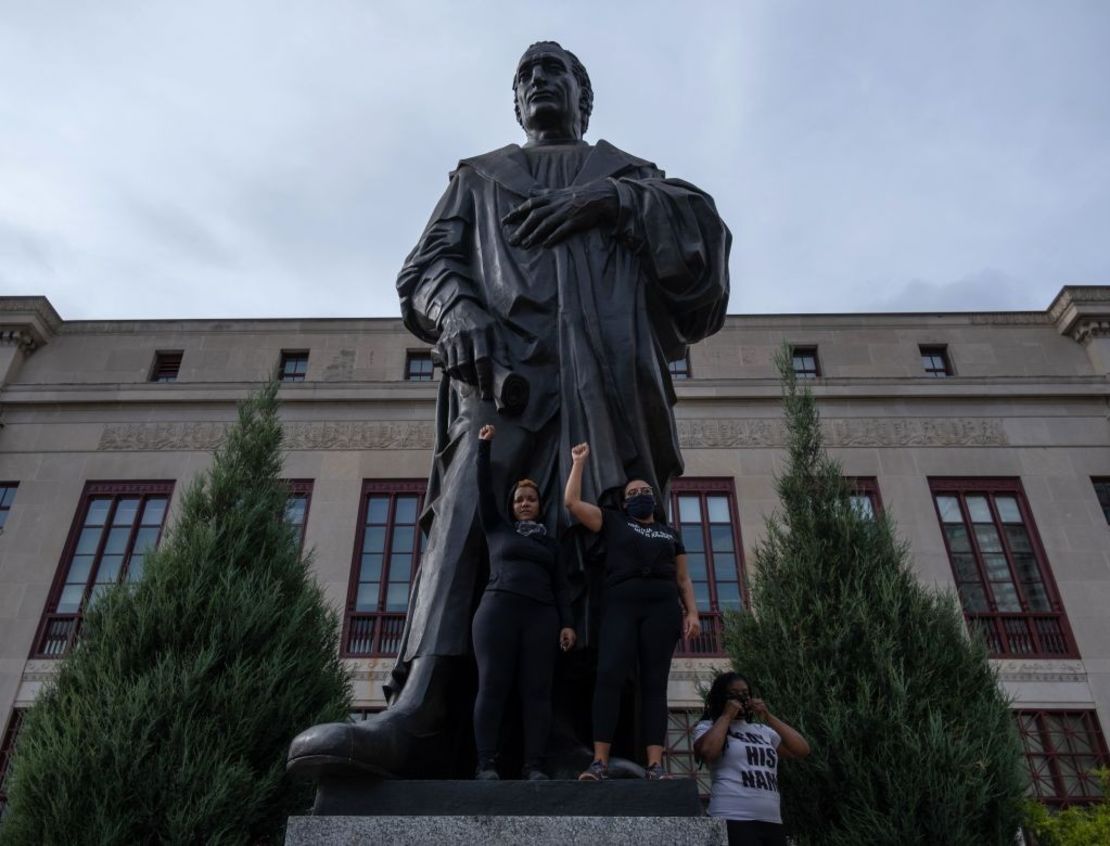
In Boliviaa year earlier, the protesters did not reach that point, but they came close. In November 2018, the statue of Columbus located on the popular Paseo del Prado in La Paz was vandalized with “genocidal Columbus” posters calling for its removal. reported the EFE agencywho interviewed one of the restaurateurs.
In Venezuela This dispute occurred many years before. In 2004, supporters of the late President Hugo Chávez carried out a “symbolic trial” of the statue of Columbus in the Plaza Venezuela in Caracas and the sentence was to tear it down. reported the BBCwho interviewed one of the organizers. This happened two years after Chávez changed the name of “Columbus Day” to “Indigenous Resistance Day.” Years later, in 2009, Chávez ordered the removal of the last statue of Columbus that was left in the Venezuelan capital.
With reporting from ‘s Alicia Lee

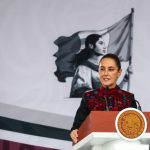










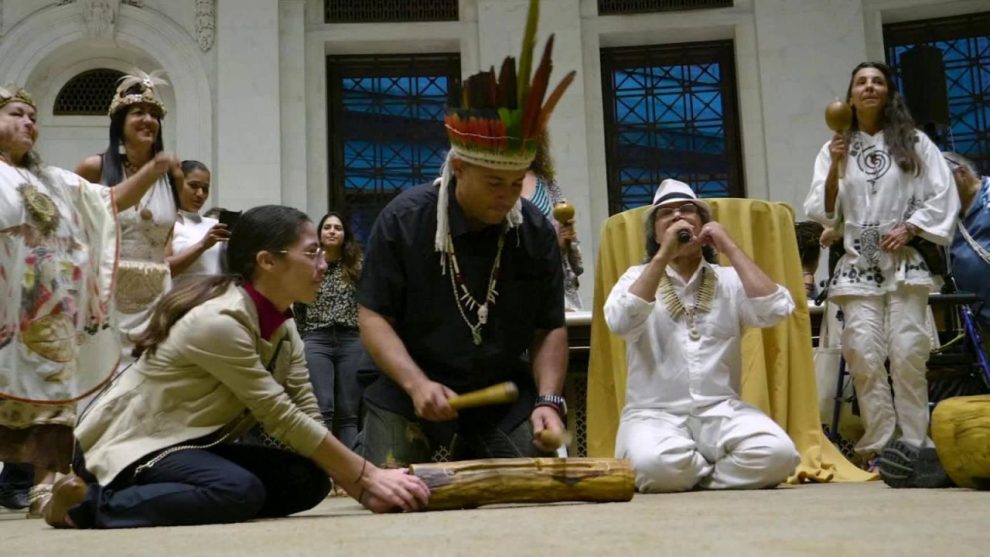
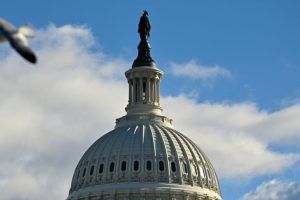
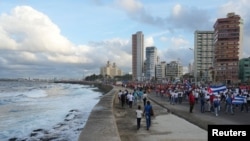

Add Comment